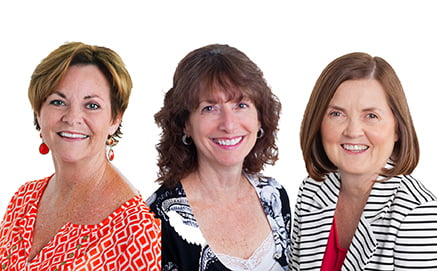There is an interesting dichotomy that has existed in Silicon Valley for decades. Entrepreneurs have to closely guard their IP, the tremendous asset on which their business is run, while at the same time they have a compelling need to evangelize their business and share their vision.
Throughout the Valley and Northern California, there is a concentrated effort to share in each other’s knowledge and wisdom, from mentors to colleagues and back around again. Pass on what we’ve learned so we can all improve and innovate, the thinking goes.
At the 29th annual EY Entrepreneur of the Year® 2015 Northern California Awards gala on June 11, paying it forward was a key theme. The 9 out of 25 finalists chosen as regional winners shared what they’ve learned, and the spectators (approximately 480 people, including a few of us from RoseRyan) were there at the Fairmont Hotel in San Francisco to soak it all in.
A good mix of industries, including five technology areas, were represented with the final nine award recipients, who will go on to compete at the national level. There was also an award for the best Young Entrepreneur (Doesha Monay Wright, from San Jose), as part of the program’s efforts to recognize and support the development of entrepreneurship with young people. Here were the winners for Northern California:
- Cloud Services: Keith J. Krach, chairman and CEO, DocuSign
- Emerging: Dheeraj Pandey, president and CEO, Nutanix
- Health and Life Sciences: Jean-Jacques Bienaimé, chairman and CEO, BioMarin Pharmaceutical
- Networking: Jayshree Ullal, president and CEO, and Andy Bechtolsheim, founder, chief development officer and chairman, Arista Networks
- Retail and Consumer Products: John Foraker, CEO, Annie’s
- Services: Kenneth Lin, CEO and founder, Credit Karma
- Software: Marcus Ryu, chief executive, president and co-founder, Guidewire Software
- Technology: Paul Nahi, president and CEO, Enphase Energy
In their acceptance speeches, these winners touched upon their goals for changing lives, building sustainable value and giving back to the community. Also, they commented on the art of building great teams, listening to the customer and keeping “innovation” as a core value. It’s a big part of the EY award as the judges—who always do an excellent job—give community involvement and company culture as much weight as financial performance.
Another theme was that entrepreneurs work so hard because they know that what they do makes a difference. This was a universal theme regardless of industry or focus. We’ve all seen it firsthand in the effects this small group has on this region. Consider how much the 25 finalists have achieved in total:
- 13,290 jobs created
- $3.8 billion in sales revenue
- 4 unicorns (startups exceeding $1B in valuation)
Any of those areas could be the subject of a lengthy blog, but what interests me most were the discussion around knowledge sharing, one of the core values in the Valley and Northern California as a whole.
Keith Krach of DocuSign had some fascinating comments during his acceptance speech. Because of my longtime involvement with the EY program (15 years and counting!), I had the pleasure of interviewing Keith many years ago, when he was the CEO of Ariba and a EY finalist that year as well. Keith is a very dynamic individual who radiates a high level of enthusiasm and energy no matter whether he’s in a one-on-one meeting or presenting in front of a large audience. His energy is simply contagious.
He thanked many people, with a special emphasis on his wife, his long-term administrative assistant and the entire DocuSign team. And he gave a special thanks to Cisco CEO John Chambers, who acted as a mentor to Keith on a monthly basis for two years. The only thing that John asked from Keith was to do the same for someone else. Keith remarked that this “paying forward” philosophy is what makes Silicon Valley a unique and special place.
At the gala, where inspiration was boomeranging off the walls and lessons learned were shared freely, that theory certainly rang true.
Stan Fels is a director at RoseRyan, who joined the finance and accounting firm in 2006. In addition to helping the finance dream team keep their skills sharp and stay true to RoseRyan’s proven processes, he matches gurus to clients in the high tech and life sciences sectors.





